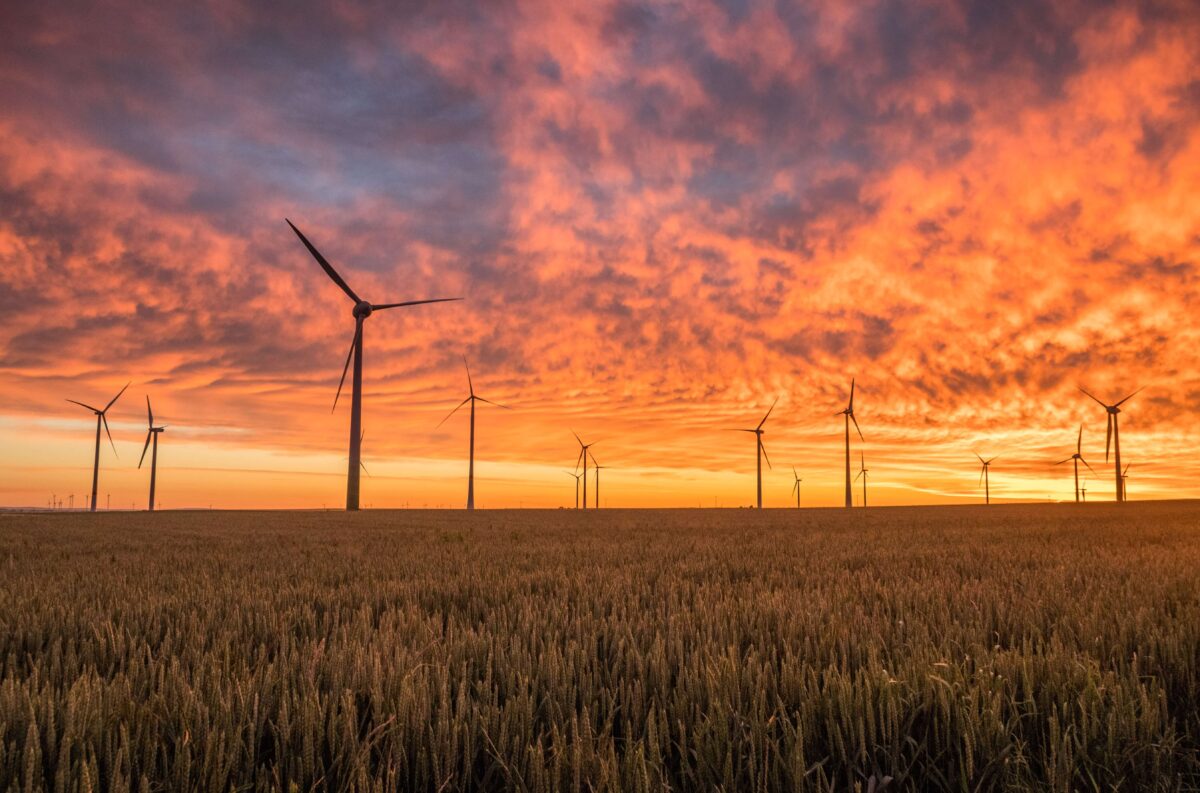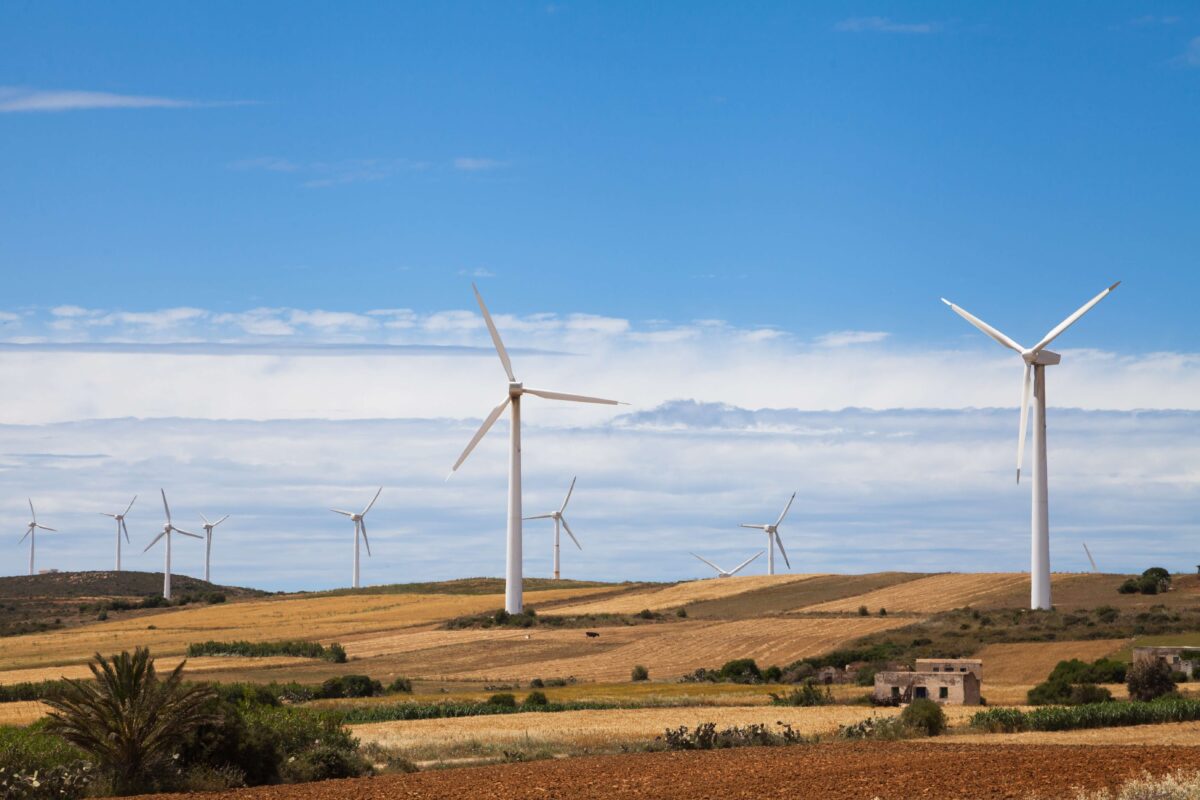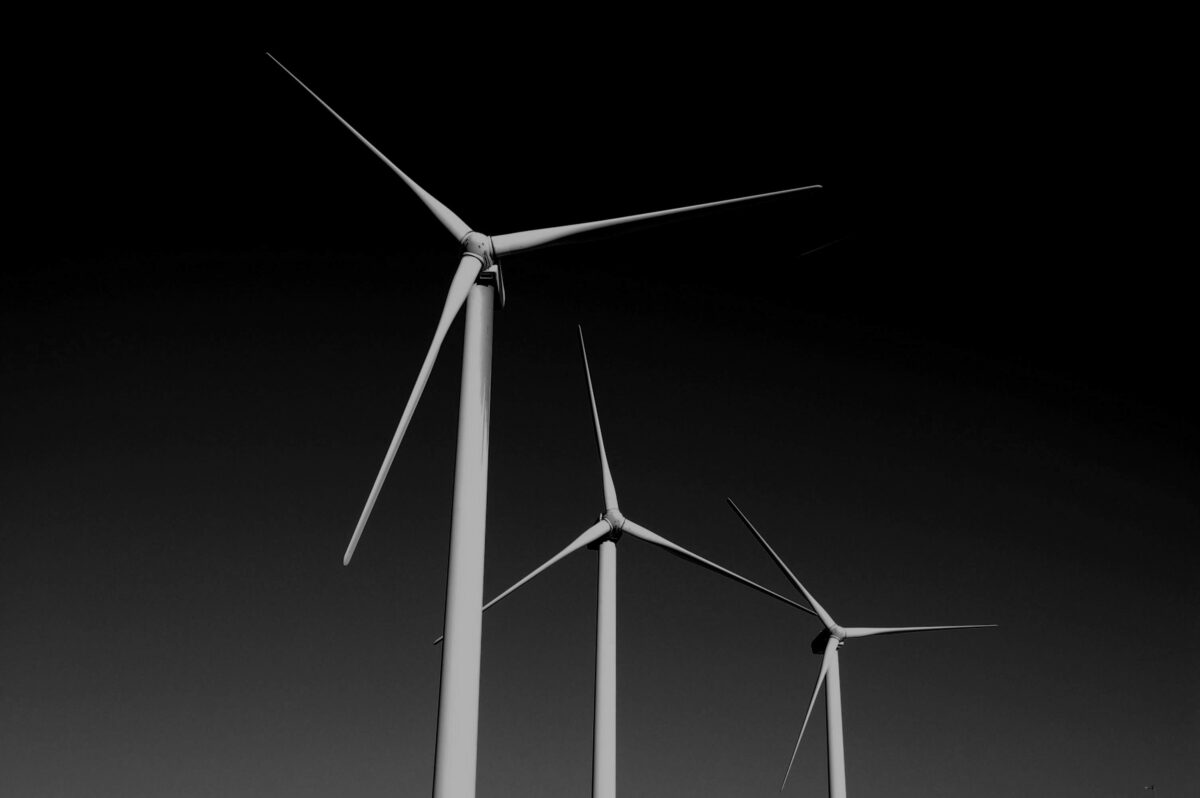Storage is a $620 billion investment opportunity plus WPD to employ AI to predict when and where Low Carbon Technologies are likely to appear
Energy Markets
This month, the UK Capacity Market was suspended following a ruling by the European Court of Justice that it constituted illegal state aid, often favouring fossil-based technologies. The hope is that this ruling will force the UK government to reconsider the energy market design, however, there are concerns that energy prices may increase in the interim.
In the transition from DNO to DSO, Western Power Distribution (WPD) have sought the assistance of IBM and ElectraLink to employ AI to predict when and where Low Carbon Technologies are likely to appear on the energy system.
Progress in Renewables
Renewable energy continues to attract investment, with VC cleantech investment reaching over $10 billion globally, and renewable energy capacity continues to grow, now exceeding the capacity of fossil fuels in the UK.
Growth and progress continue for both wind and solar. E.ON has set out to build Europe’s largest onshore wind farm in Sweden and global floating solar has exceeded 1GW and this is expected to continue to grow as another 1 GW floating solar-hydro hybrid plant is planned in Thailand.
To assist the intermittency of renewable energies, National Grid has received the go-ahead to install an interconnector between the UK and Denmark, which is expected to be functional by 2023.
Energy Storage
Bloomberg New Energy Finance (BNEF) has stated this month that energy storage is a $620 billion investment opportunity to 2040. BNEF also predict that battery storage will drop a further 52% in cost by 2030. These forecasts are supported by the large number of projects and investments being made in energy storage globally on both a domestic and commercial scale.
For small scale energy storage: EDF and Powervault have launched a domestic PV and battery storage system, in Australia, Redflow will install over 30 flow batteries in Family Centres in Melbourne and Amazon is now to use Tesla battery storage in its UK distribution centres.
On a larger scale, community owned Tesla power pack storage launched three months early as shares in the project were bought up within weeks, in California, batteries will replace gas plants coming offline, South Korea plans 100 MW of battery storage as part of a 3GW renewable hub and in China a 3 MW flow battery is under construction to act as a demonstrator for future, larger projects.
Non-battery methods, suitable for storage over longer time frames, are also gaining some attention as 35 MWh of Energy Vault’s gravity-based energy storage will be purchased by Tata Power in India and scientists believe they have found a solar thermal fuel that may be able to store energy for up to 18 years before releasing it as heat.
Transport
There is lots happening in the electric vehicle sector this month: Shell is future-proofing and installing 350 kW chargers in France, despite the fact that no available vehicles charge at a power this high yet; New York has announced $250 million to be spent on electric vehicle DC fast charging points along major traffic routes; ScottishPower has paired up with an electric vehicle provider to offer an end-to-end electric vehicle package which guarantees clean energy to charge your vehicle at home; and, Honda and GAC Group are set to build a new electric vehicle factory in China, costing $430 million, in an attempt to meeting the growing demand for EVs.
This month, there is also news on shipping emission regulations, which require that carbon dioxide emissions halve by 2050. This is made more vital by the preceeding requirement to reduce sulphur content of the fuel. The sulphites from ship exhausts are known to have a cooling effect on the global temperature, which will be lost as the sulphur content is reduced.
Demand Side Response
One of the challenges for demand side response is the lack of incentive for consumers to adapt their energy pattern. Time-of-use tariffs allow customers to benefit from shifting their energy consumption to assist the electricity grid. However, it’s been found that price uncertainty has limited the up-take of these types of contracts. Commonwealth Edison is trialling a time-of-use tariff in Illinois that gives its customers more price certainty to encourage sign-up.
As the electricity network accommodates greater quantities of renewable energy generation, the flexibility market is forming. Piclo, a platform designed to facilitate flexibility procurement, saw 50 different parties sign up within a few weeks of opening registration for forthcoming auctions.
Visiting Speakers
This month we had talks from several of our Fellows: Professor Sarah Darby, Dr Sivapriya Mothilal Bhagavathy, Dr Jake Barnes and Professor Sir Chris Lewellyn Smith.
Sarah Darby studies the introduction of ‘smart’ devices to electricity systems and assesses the potential for demand-side response in systems that are integrating more renewable supply and coping with changing patterns of demand. She contributes to a body of work that interprets energy systems as socio-technical, functioning through interactions between hardware, ‘software’ (regulations, billing systems, tariffs etc.), knowledge and know-how, and human activities. She maintains an interest in energy feedback and advice, and developments in smart metering.
Sivapriya (Priya) joined the EPG group as post-doctoral research associate in March 2018. Her doctoral research was on “Investigation of technical barriers and solutions for high penetration of PV systems in the UK” at Northumbria University under the guidance of Prof. Nicola Pearsall, Prof. Ghanim Putrus and Dr. Sara Walker. Her masters was on Energy Systems Engineering from Indian Institute of Technology with a dissertation on “Optimal placement and sizing of distributed generators in a microgrid” under Prof. Rangan Banerjee and Prof. S. V. Kulkarni.
Jake is a researcher in the Environmental Change Institute (ECI) currently investigating future low carbon heat policy for the UK. His research combines ideas and approaches from innovation studies with policy and governance studies to investigate how progress towards low carbon energy systems and sustainability transitions more broadly can be achieved. His research interests focus on energy policy and the politics and sociology of innovation and change at community through to city-regional scales. He has worked with local governments, community groups and social enterprises to reflect, learn and pursue societal transformations.
Chris Llewellyn Smith is a theoretical physicist. He is currently interested in all aspects of energy supply and demand. Most recently, he was Director of Energy Research, Oxford University from 2011 to 2017. Chris discussed the demands on storage in a high renewable, or zero carbon, world. His presentation reviewed the main options for mechanical, thermal, electro-chemical and chemical storage, and identified those most promising for further research and development.




